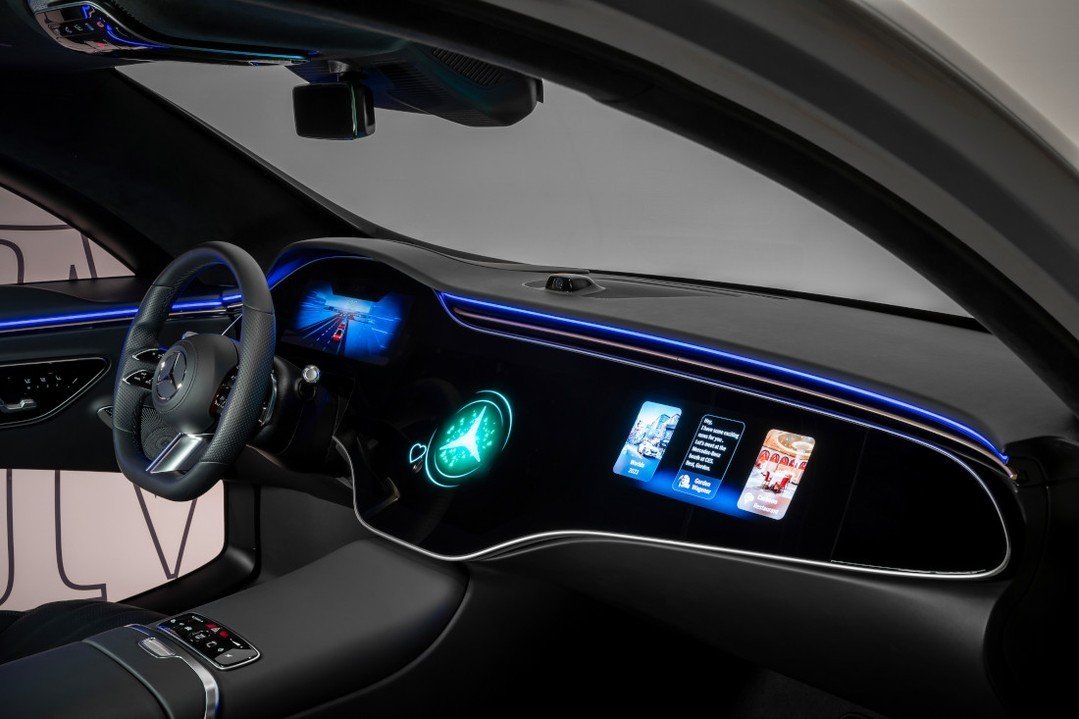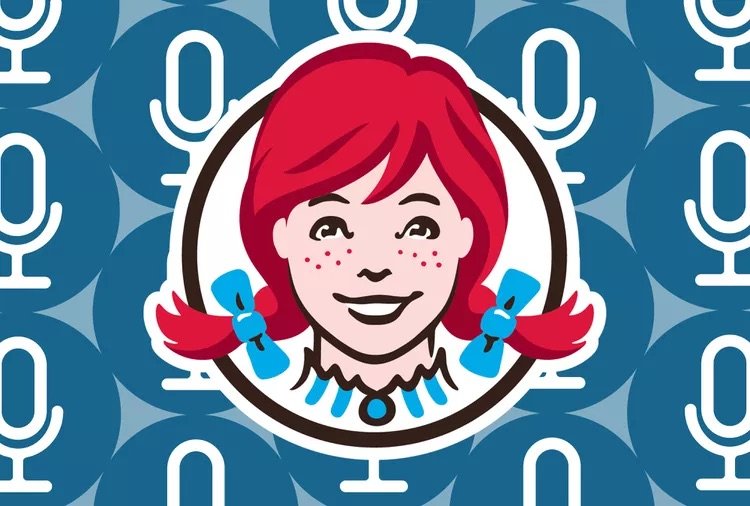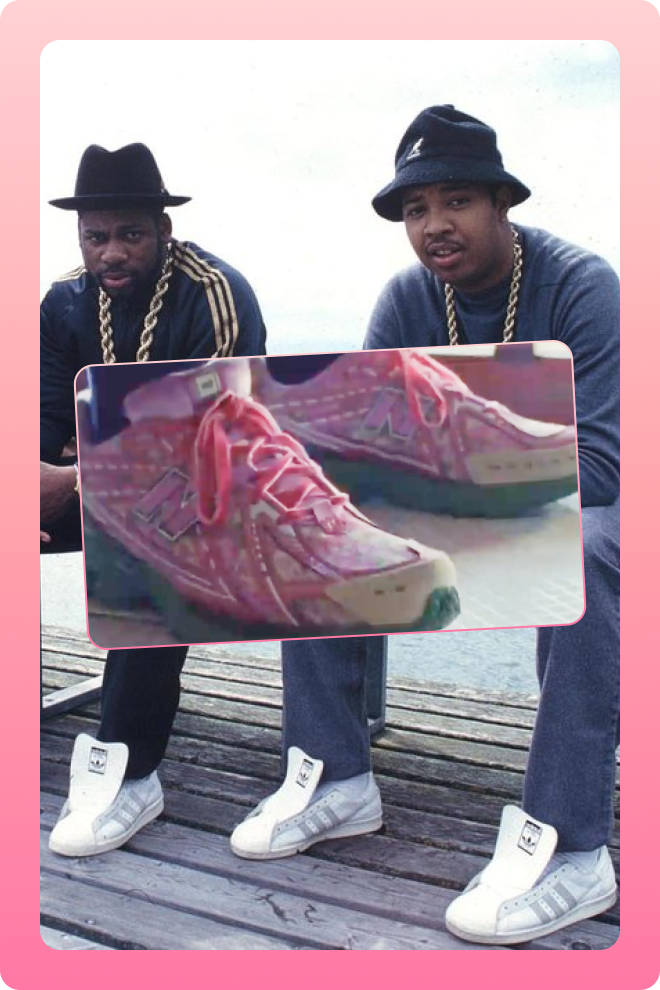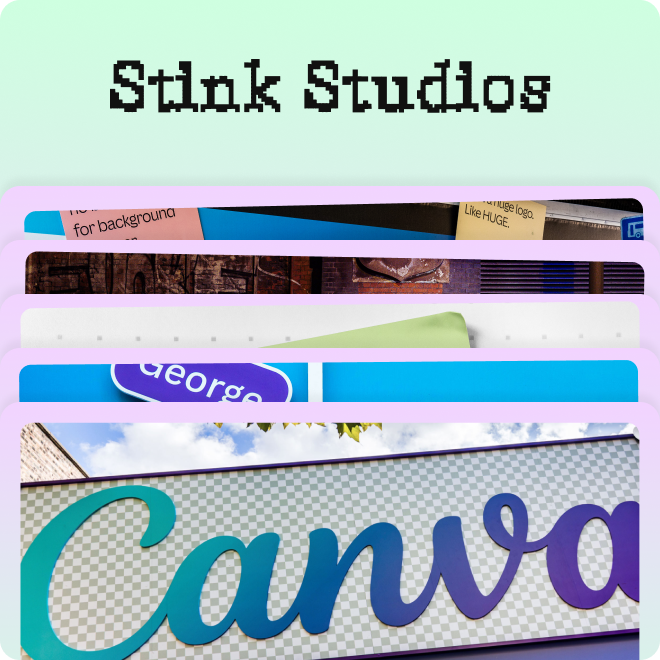- Voice assistants are becoming primary brand touchpoints
- AI enables hyper-personalized brand interactions
- Emotional connection matters more than technical precision
- Voice identity is a strategic differentiator, not just a feature
- Failure to invest in bespoke voice systems risks losing audience engagement
Key takeaway: In the AI era, your brand's voice is its most intimate communication tool.
When Mercedes-Benz unveiled its upgraded MBUX Virtual Assistant 1, the company did more than launch a feature — it established a new brand ambassador with four distinct personality traits that embody the brand's sophisticated luxury positioning.
Through carefully calibrated tone, vocabulary, and conversational style, the AI system goes beyond mere functionality to become a true extension of the brand's identity.
Sonic identity represents a fast-evolving frontier for brand expression, and AI unlocks a potent opportunity for customer engagement: dynamic voice personalities that can express brand values consistently across every touchpoint.

1According to Mercedes, the MBUX Virtual Assistant will feature four distinct personality traits — natural, predictive, personal, and empathetic — it can also ask you questions for additional clarity to get you what you need.
2ElevenLabs develops AI audio models that "generate realistic, versatile and contextually-aware speech, voices, and sound effects." The models work in 32 languages, and is used in everything from to audiobooks to localization across entertainment, video games, social media, advertising, and education.
“The advertising and marketing landscape demands more than just accurate voice replication,” Matt Hocking of WellSaid Labs wrote in Forbes recently. “Sophisticated marketers seek voices that are crafted — imbued with tone, pacing, and personality.”
With over 8 billion voice assistants in use worldwide, voice-first environments are becoming primary brand touchpoints where visual identity often fades into the background.
Companies like ElevenLabs 2 are eliminating the robotic qualities that once plagued voice interfaces, enabling natural, emotionally nuanced interactions that open up entirely new possibilities for brand communication.
Wendy's FreshAI initiative 3 demonstrates this potential. By the end of 2025, the chain plans to deploy AI ordering at over 500 restaurants, focusing on creating an assistant that is friendly and approachable.

3One of the biggest challenges of automating drive-thrus is variables such as background noise in the car, varying regional customer dialects, the ability to understand made-to-order requests and generate responses to frequently asked menu questions. Wendy’s say FreshAi "excels at order accuracy, language capabilities and handling diverse menu offerings."
4A popular feature that redefined that end of year wrap up, Spotify enhanced their Wrapped offering in 2024 with a personalized podcast generated using Google's NotebookLM model, with two dynamic AI hosts.
The goal extends far beyond efficient order processing — the AI is designed to represent the brand's personality in every interaction.
Spotify offered another compelling example with its 2024 Wrapped AI podcasts 4, where AI-generated hosts supplied by Google’s NotebookLM discuss each user's unique listening habits.
The result transformed raw data into ultra-personalized, conversational relationships that feel deeply intimate and tailored.
As AI increasingly mediates content discovery, voice becomes more than an identity element — it's a crucial tool for differentiation.
Elle Morgan notes in Entrepreneur magazine, “When speed becomes a commodity, voice becomes a moat.” The brand voice is no longer a nice-to-have but an irreplaceable asset that can define market position.
However, implementation failures can quickly damage brand perception. Brands using off-the-shelf AI voices risk significant backlash when the artificial quality becomes apparent.
Voice actor Kristen DiMercurio 5 warns that “AI voices are designed to be palatable to the widest audience possible, so we're losing the specificity, the identity, the little quirks.”
Forward-thinking brands must invest in comprehensive, bespoke voice identity systems that complement other forms of expression. This means defining not just tone and accent but entire conversation flows and personality attributes.
In the coming years, AI voice identities will likely become as meticulously crafted as visual logo systems.For brand leaders, three strategic priorities emerge.
First, map emotional impact beyond mere voice presence. Second, develop operational voice models that go beyond basic guidelines. Third, balance brand consistency with contextual adaptation, identifying segments where voice can create meaningful connections.
Success depends on recognizing spoken voice as a primary expression of brand identity — requiring the same strategic investment as visual systems.
When voice design truly aligns with brand values, it becomes a uniquely powerful vehicle for differentiation.

5Voice-over artist Kristen DiMercurio went viral on TikTok when she revealed she was probably the voice of your Bluetooth speaker, your headphones, and your insurer’s call center. She warned that the proliferation of AI voice-over was going to remove human quirks from audio content.








